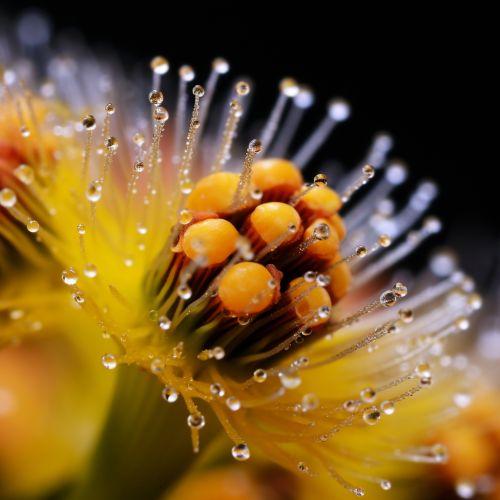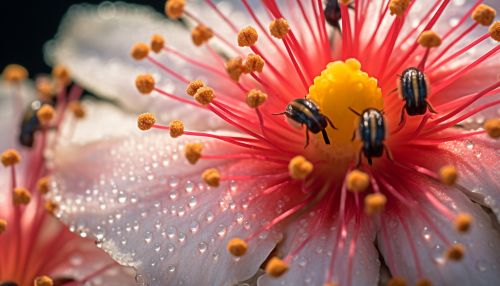Plant Reproduction
Introduction
Plant reproduction is a biological process by which plants produce offspring. It is a fundamental aspect of botany, the scientific study of plants. The process involves the transfer of genetic material from one generation to the next, ensuring the survival and evolution of plant species. There are two primary methods of plant reproduction: sexual and asexual.


Sexual Reproduction
Sexual reproduction in plants involves the production of seeds through the fusion of male and female gametes. This process is facilitated by the flower, the reproductive organ of angiosperms, or flowering plants. The flower contains both male and female reproductive structures, the stamen and the pistil, respectively.
Pollination
Pollination is the transfer of pollen from the anther (male part) of a flower to the stigma (female part) of either the same flower or another flower. This process can be facilitated by various agents, including wind, water, and animals, particularly insects. The type of pollination that occurs—self-pollination or cross-pollination—can have significant implications for the genetic diversity of plant populations.
Fertilization
Following pollination, the pollen grain germinates on the stigma, growing a pollen tube down the style to the ovary. The male gametes then travel down this tube to the ovule, where fertilization occurs. This results in the formation of a zygote, which develops into an embryo within the seed.
Seed Formation and Dispersal
The fertilized ovule develops into a seed, which contains the plant embryo and a food supply surrounded by a protective coat. Seeds are dispersed by various means, including wind, water, animals, and mechanical means. The method of seed dispersal can greatly influence the distribution and genetic diversity of plant species.
Asexual Reproduction
Asexual reproduction, also known as vegetative propagation, involves the production of new plants without the involvement of seeds. This can occur naturally, through processes such as budding, fragmentation, and the formation of bulbs and tubers, or it can be induced artificially through techniques such as grafting, layering, and tissue culture.
Natural Vegetative Propagation
In natural vegetative propagation, new plants are produced from various plant parts. For example, in budding, a bud forms on the parent plant and eventually separates to form a new plant. In fragmentation, a piece of the parent plant breaks off and develops into a new plant. Bulbs and tubers are specialized plant structures that can give rise to new plants.
Artificial Vegetative Propagation
Artificial vegetative propagation techniques are often used in horticulture and agriculture to produce large numbers of plants quickly and economically. Grafting involves attaching a piece of one plant (the scion) to another plant (the rootstock), allowing the scion to grow and produce new tissues. Layering involves inducing root formation on a stem while it is still attached to the parent plant. Tissue culture, also known as micropropagation, involves growing new plants in a controlled environment from small pieces of plant tissue.
